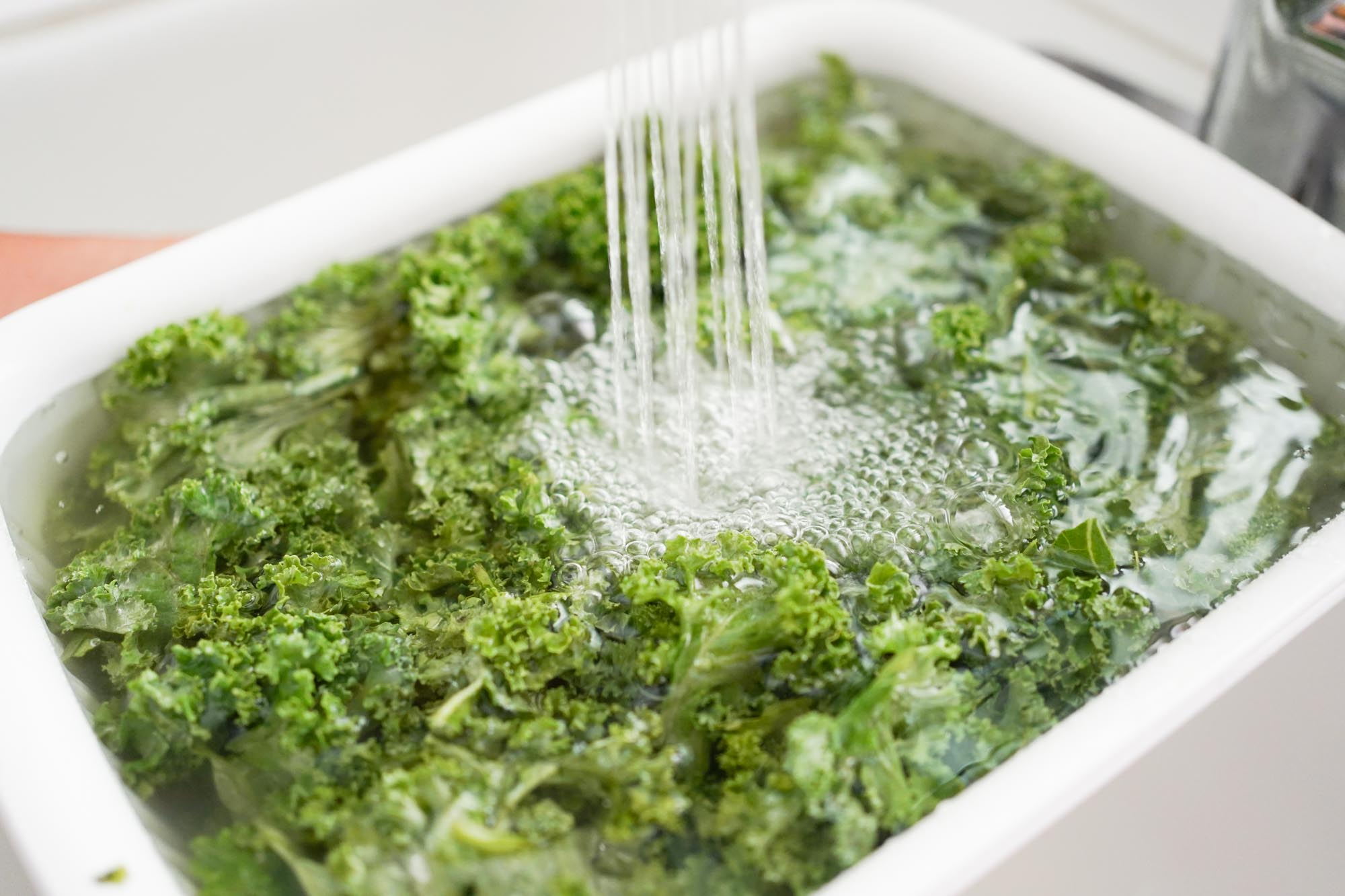

Articles
How To Store Kale In Water
Modified: August 16, 2024
Discover the best tips and tricks for storing kale in water in this informative article. Keep your kale fresh and crisp with this simple method.
(Many of the links in this article redirect to a specific reviewed product. Your purchase of these products through affiliate links helps to generate commission for Storables.com, at no extra cost. Learn more)
Introduction
Welcome to the wonderful world of kale! This leafy green vegetable has gained immense popularity in recent years due to its numerous health benefits and versatile culinary uses. It is packed with essential nutrients like vitamin C, vitamin K, and antioxidants, making it a favorite among health-conscious individuals. One of the keys to maintaining the freshness and crispness of kale is proper storage.
In this article, we will explore a unique and effective method of storing kale – in water. This method can help extend the shelf life of your kale and keep it fresh and vibrant for a longer duration. We will discuss the benefits of storing kale in water, provide a step-by-step guide on how to do it, and share some tips for maintaining the freshness of your kale. So, let’s dive in!
Key Takeaways:
- Extend the lifespan of kale by storing it in water, preserving its vibrant color, nutritional value, and freshness. This simple method offers convenience, reduces waste, and ensures easy access to crisp, healthy greens.
- Choose the right kale, wash and prepare it, and store it in water for extended freshness. Regularly monitor and change the water, and follow simple tips to maintain the quality and nutritional value of your kale.
Read more: How To Store Kale In Fridge
Benefits of Storing Kale in Water
Storing kale in water offers several benefits that can help you maximize the lifespan and quality of your greens. Here are some key advantages:
- Extended Shelf Life: Kale stored in water tends to stay fresh and crisp for a longer duration compared to other storage methods. The water keeps the leaves hydrated and prevents wilting, which in turn helps maintain their nutritional value.
- Vibrant Color Retention: The vibrant green color of kale is not only visually appealing but also an indicator of its freshness and nutrient content. By storing kale in water, you can preserve its vibrant color, making it more appetizing and visually appealing.
- Nutritional Preservation: Kale is a nutrient-dense vegetable that can lose some of its nutritional value over time. However, by storing it in water, you can help preserve its essential vitamins, minerals, and antioxidants, ensuring that you reap the maximum health benefits.
- Convenience and Ease: Storing kale in water requires minimal effort and equipment. It is a simple and straightforward method that does not involve complex storage containers or specialized tools. Plus, it allows for easy access to the kale as you can simply pluck the leaves from the water when needed.
- Reduced Waste: When properly stored in water, kale is less likely to go bad quickly, reducing the chances of food waste. This is especially beneficial if you buy kale in bulk or have a surplus from your garden.
Now that you’re aware of the benefits, let’s dive into the step-by-step process of storing kale in water!
Step-by-Step Guide on How to Store Kale in Water
Storing kale in water is a simple and effective method to keep it fresh and crisp. Follow these steps to store your kale in water:
- Choose the right type of kale: Select fresh kale with crisp and vibrant leaves. Look for kale bunches with no signs of wilting or discoloration. You can choose between curly kale or Tuscan kale, depending on your preference and availability.
- Wash and prepare the kale: Rinse the kale leaves under cold running water to remove any dirt or debris. Gently pat them dry using a clean kitchen towel or paper towels. Remove any thick stems from the kale leaves, as they can become slimy when stored in water.
- Fill a container with water: Select a container that is large enough to accommodate the kale leaves. Fill the container with cold water, leaving enough room for the kale to be fully submerged.
- Place the kale in the water: Immerse the kale leaves in the water, ensuring that they are completely submerged. If necessary, you can gently press them down with a clean utensil to ensure full coverage.
- Cover the container: Cover the container with a lid or plastic wrap to prevent contaminants from entering the water. This will help maintain the freshness of the kale and prevent it from absorbing any unwanted odors from the refrigerator.
- Store in the refrigerator: Place the container with the kale in the refrigerator. The ideal temperature for storing kale is between 32°F (0°C) and 36°F (2°C). The cold temperature will help preserve the freshness and nutritional value of the kale.
Remember to change the water regularly to prevent any bacterial growth or degradation of the kale. Follow the next section for more details on monitoring and changing the water for stored kale.
Choosing the Right Type of Kale
When it comes to choosing kale for storage in water, you have a couple of options. The two most common types of kale are curly kale and Tuscan kale (also known as Lacinato or dinosaur kale).
Curly kale has tightly ruffled leaves and a slightly bitter flavor. It adds great texture and visual appeal to salads, stir-fries, and soups. On the other hand, Tuscan kale has long, flat, and dark green leaves with a slightly milder taste. It is perfect for making kale chips, sautéing, or incorporating into pasta dishes.
Both varieties of kale work well for storing in water, so the choice ultimately depends on your personal preference and the availability in your area. Look for kale with crisp leaves that are free from any wilting or discoloration. Opt for bunches that have vibrant green leaves and a firm texture.
If you have access to organic kale, that is often the best choice as it reduces the risk of pesticide residue. However, if organic kale is not readily available or within your budget, conventional kale works just as well.
Remember, the quality and freshness of the kale you choose will directly impact its ability to stay fresh when stored in water. So, take the time to select the best kale possible to ensure the best results!
Washing and Preparing the Kale
Properly washing and preparing kale is an important step before storing it in water. Follow these steps to ensure your kale is clean and ready for storage:
- Rinse the kale: Place the kale under running water and gently rub the leaves to remove any dirt or debris. Make sure to rinse both sides of the leaves thoroughly.
- Inspect for pests: While kale is generally pest-resistant, it’s always a good idea to check for any small insects or pests that may have found their way onto the leaves. If you notice any, carefully remove them.
- Dry the leaves: After rinsing, gently pat the kale leaves dry using a clean kitchen towel or paper towels. Removing excess moisture from the leaves will help prevent them from becoming slimy when stored in water.
- Remove thick stems: Depending on personal preference and the recipe you plan to use the kale for, you may want to remove the thick stems. These stems can become tough and unpleasant to eat when stored in water. Simply fold the kale leaf in half lengthwise and slice off the stem.
- Chop or tear the leaves (optional): If you prefer smaller pieces of kale, you can choose to chop or tear the leaves into bite-sized pieces at this stage. This can make it easier to use the kale in salads, stir-fries, or other recipes later on.
Once you have washed and prepared the kale, you are ready to move onto the next step: storing it in water. Follow the step-by-step guide outlined earlier to store your kale and enjoy its freshness for an extended period!
To store kale in water, trim the stems and place the leaves in a container with water, similar to a bouquet of flowers. Store in the refrigerator for up to a week, changing the water every few days to keep the kale fresh.
Read more: How To Store Washed Kale
Storing the Kale in Water
Now that you have prepared your kale, it’s time to store it in water to keep it fresh and crisp. Follow these steps to ensure proper storage:
- Choose a container: Select a container that is large enough to accommodate the kale leaves comfortably. A glass jar, plastic container, or a wide-mouthed bowl with a lid will work well.
- Add water: Fill the container with cold water, leaving enough room for the kale leaves to be fully submerged. The water should cover the leaves entirely without overflowing.
- Place the kale in the water: Carefully place the prepared kale leaves into the container of water. Ensure that all the leaves are submerged in the water, as any exposed parts may wilt or become dry.
- Cover the container: Cover the container with a lid, plastic wrap, or a plate to prevent any contaminants from entering and affecting the kale. This will help maintain the freshness and cleanliness of the stored kale.
- Store in the refrigerator: Place the container with the kale in the refrigerator. The optimum temperature for storing kale is between 32°F (0°C) and 36°F (2°C). Avoid storing the kale near any ethylene-producing fruits, as the ethylene gas can speed up the ripening process and reduce the longevity of the kale.
By storing the kale in water, you are providing it with hydration and a controlled environment that helps maintain its freshness and crispness for a longer duration. Now, all that’s left to do is monitor and periodically change the water!
Monitoring and Changing the Water
Properly monitoring and changing the water is essential to ensure the freshness and longevity of the kale stored in water. Here are some guidelines to follow:
- Check the water condition: Regularly inspect the water to ensure that it remains clean and clear. If you notice any discoloration, cloudiness, or a foul odor, it is a sign that the water needs to be changed.
- Change the water: Depending on various factors such as temperature, humidity, and the freshness of the kale, you may need to change the water every 1-2 days. To change the water, carefully remove the kale from the container, discard the old water, rinse the container, and refill it with fresh, cold water.
- Inspect the kale: While changing the water, take a moment to inspect the kale leaves for any signs of wilting, discoloration, or sliminess. Remove any leaves that appear to be spoiled or past their prime.
- Trim the stems (if necessary): Over time, the ends of the kale stems may start to deteriorate. If you notice any browning or slimy parts, trim them off before returning the kale to the fresh water.
- Store the kale: After changing the water, place the kale back into the container, ensuring that the leaves are fully submerged. Cover the container and return it to the refrigerator for continued storage.
Regularly monitoring and changing the water will help prevent the growth of bacteria or mold, ensuring that your kale stays fresh, crisp, and safe to consume. It’s a simple task that only requires a few minutes of your time but can make a significant difference in preserving the quality of the kale.
Tips for Maintaining the Freshness of Kale Stored in Water
To ensure that your kale stays fresh and vibrant for as long as possible, consider following these tips:
- Monitor the water level: Check the water level regularly and ensure that the kale leaves remain fully submerged. If the water level drops over time, simply add more water to maintain full coverage.
- Keep the kale in a cool place: Although the kale is stored in the refrigerator, try to keep it away from the coldest parts like the back of the fridge. Extreme cold can sometimes cause the leaves to freeze or become too cold, affecting their texture and freshness.
- Harvest the kale as needed: Instead of harvesting all the kale leaves at once, consider plucking the leaves as needed. This way, you can enjoy the freshest kale and keep the remaining leaves intact in the water until you need them.
- Use clean utensils: When handling the stored kale, always use clean utensils or hands to avoid introducing contaminants. Dirty utensils can introduce bacteria or mold into the water, compromising the freshness of the kale.
- Store kale separately: If possible, store the kale away from other fruits and vegetables in the refrigerator. Some fruits produce ethylene gas, which can accelerate the ripening process and shorten the lifespan of the kale.
- Enjoy within a reasonable period: While storing kale in water can prolong its freshness, it is still recommended to consume it within a reasonable timeframe. Aim to use the kale within 5-7 days to ensure it maintains its optimal taste and nutritional profile.
By following these tips, you can maintain the freshness, quality, and nutritional value of your kale for an extended period, ensuring that you make the most out of this nutritious leafy green.
Conclusion
Storing kale in water is a fantastic method to extend its shelf life and maintain its freshness and crispness. By immersing the kale leaves in water, you can preserve their vibrant color, nutritional value, and overall quality for a longer duration. This simple yet effective technique offers several benefits, including extended shelf life, vibrant color retention, nutritional preservation, convenience, and reduced waste.
To store kale in water, start by selecting the right type of kale, whether it’s the curly kale or the Tuscan kale. Wash and prepare the kale by rinsing and drying the leaves, removing any thick stems, and optionally chopping or tearing the leaves into smaller pieces. Fill a container with cold water and submerge the kale leaves, ensuring they are fully covered. Cover the container and refrigerate it at the optimal temperature for storing kale.
Throughout the storage process, it’s important to monitor and change the water regularly to maintain the freshness of the kale. Check the water condition, change it every 1-2 days, inspect the kale leaves for any signs of spoilage, and trim the stems if needed. By following these steps, you can ensure that your kale remains fresh, crisp, and safe to consume.
To maximize the freshness of your kale stored in water, remember to keep the leaves fully submerged, store them in a cool place in the refrigerator, and harvest the leaves as needed. Use clean utensils and keep the kale separate from ethylene-producing fruits and vegetables.
In conclusion, storing kale in water is a practical and efficient way to extend its lifespan and maintain its optimal freshness. Whether you use it in salads, soups, stir-fries, or any other dish, the crisp and vibrant kale will elevate the flavors and provide you with essential nutrients. So why not give this storage method a try and enjoy the benefits of fresh kale for an extended period!
Frequently Asked Questions about How To Store Kale In Water
Was this page helpful?
At Storables.com, we guarantee accurate and reliable information. Our content, validated by Expert Board Contributors, is crafted following stringent Editorial Policies. We're committed to providing you with well-researched, expert-backed insights for all your informational needs.


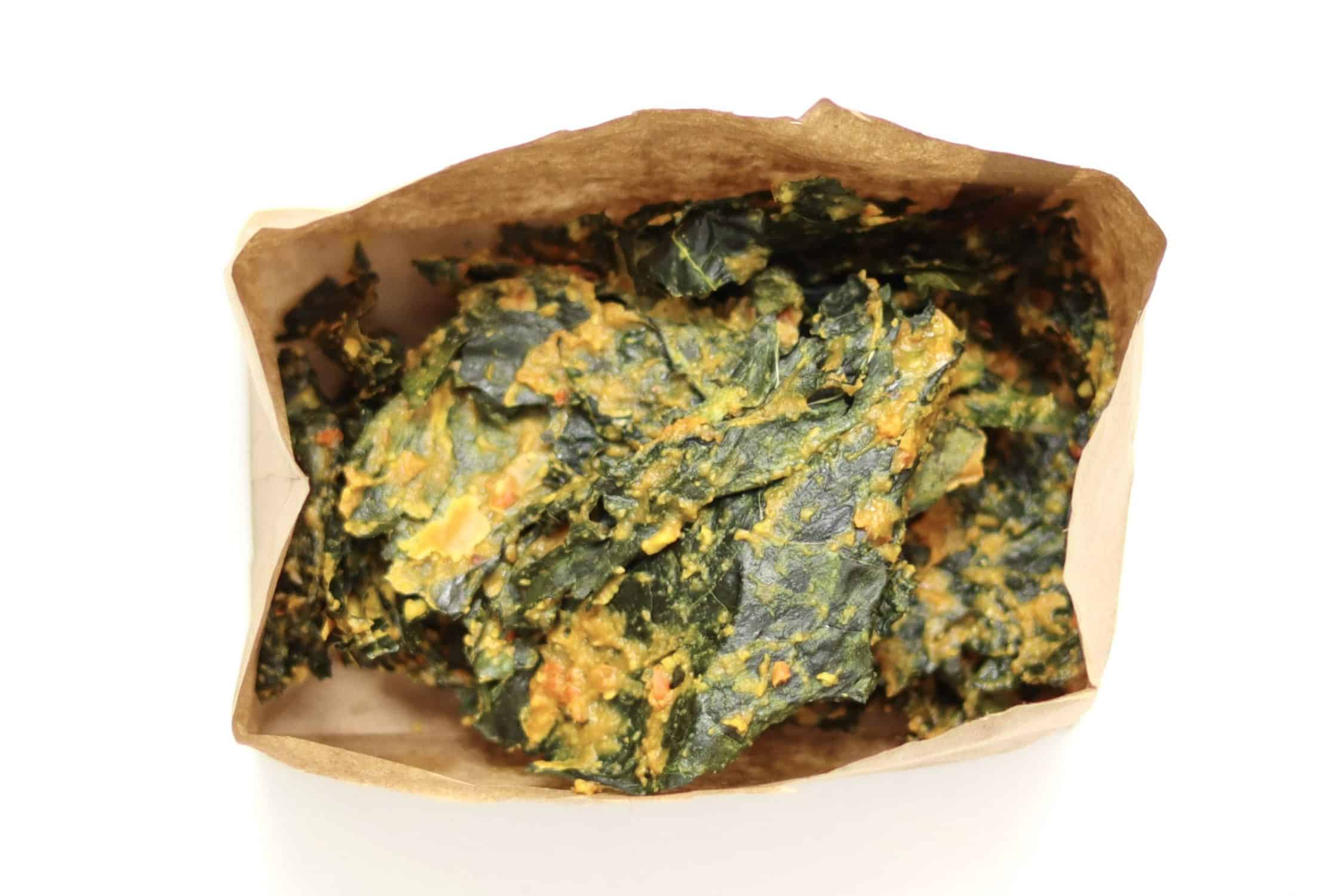
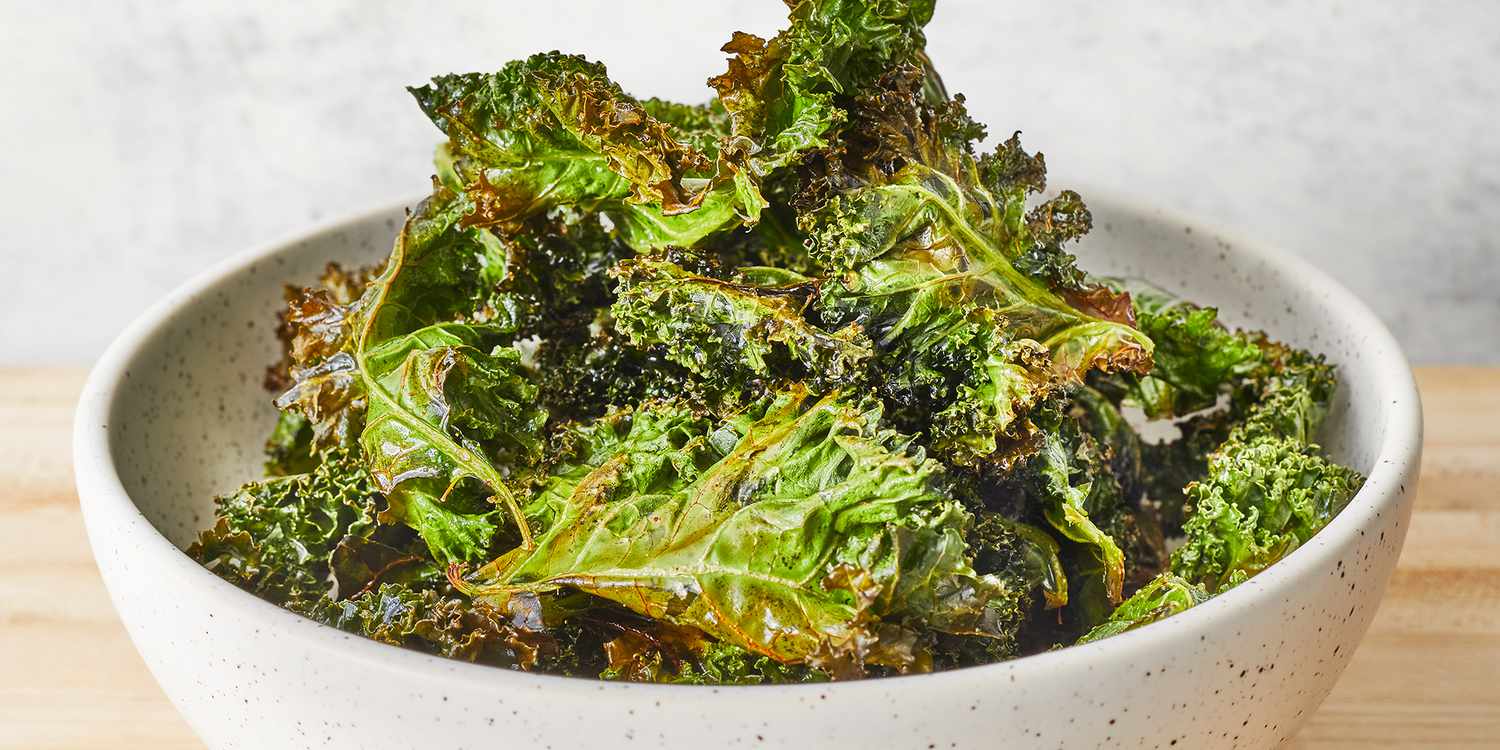
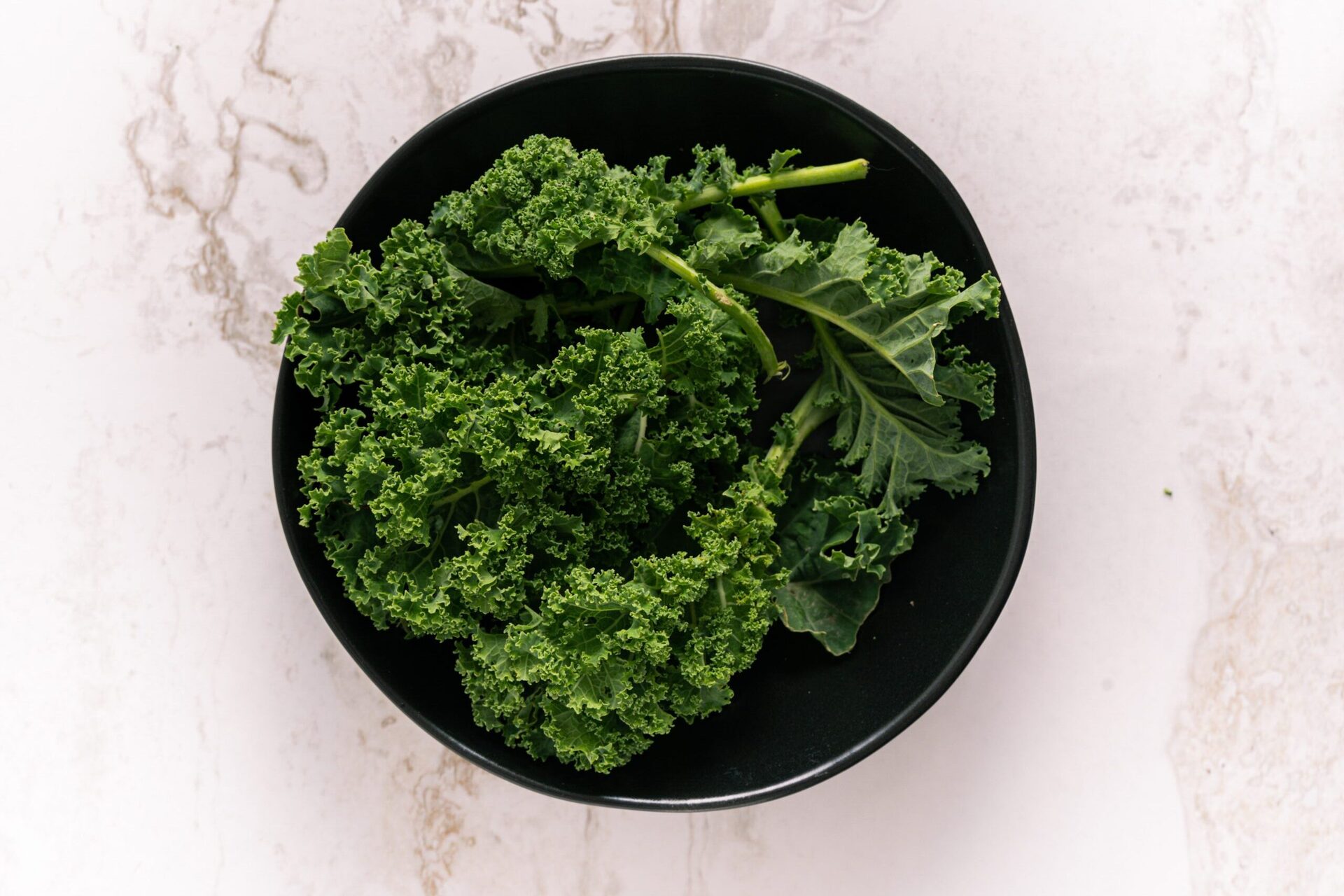
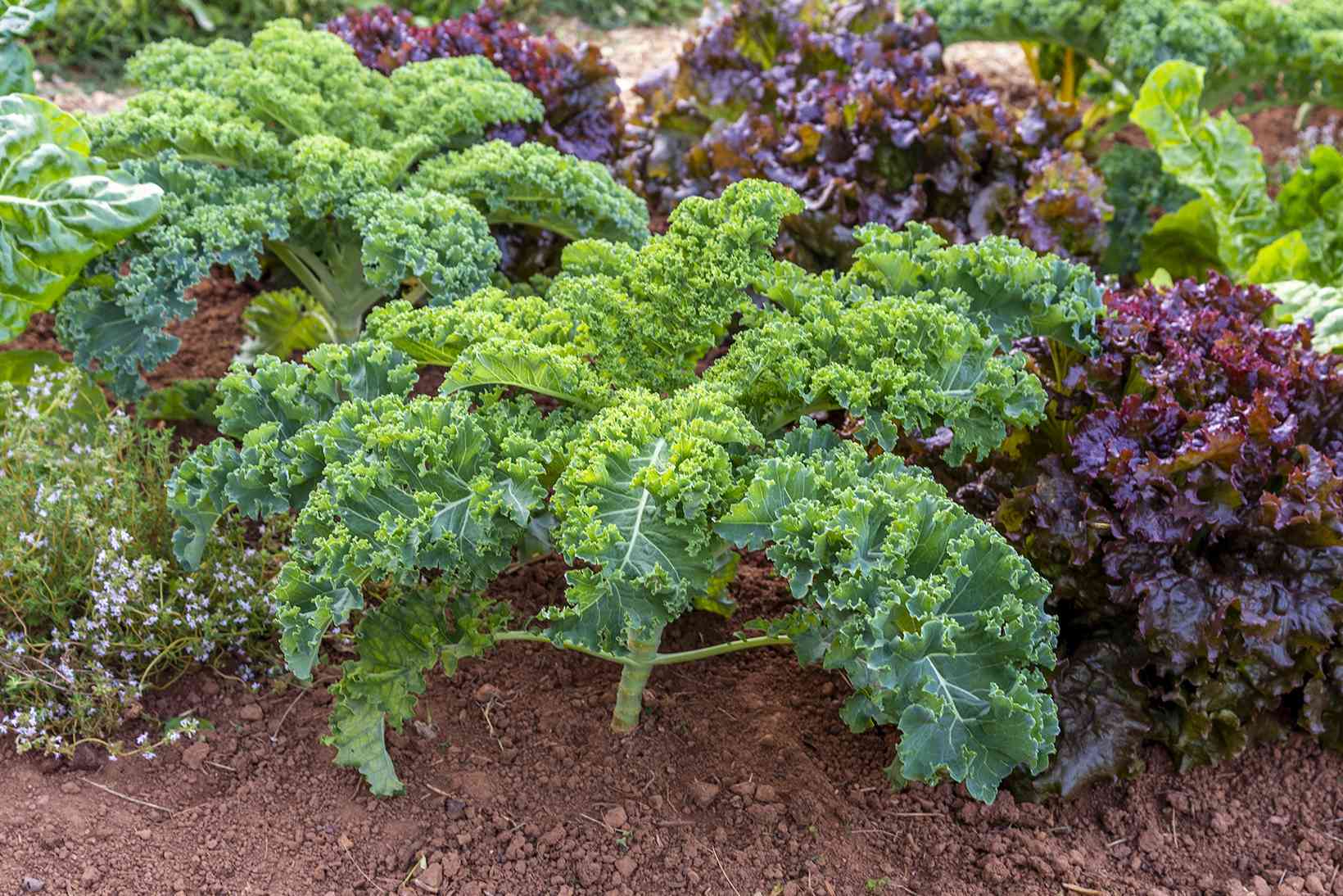
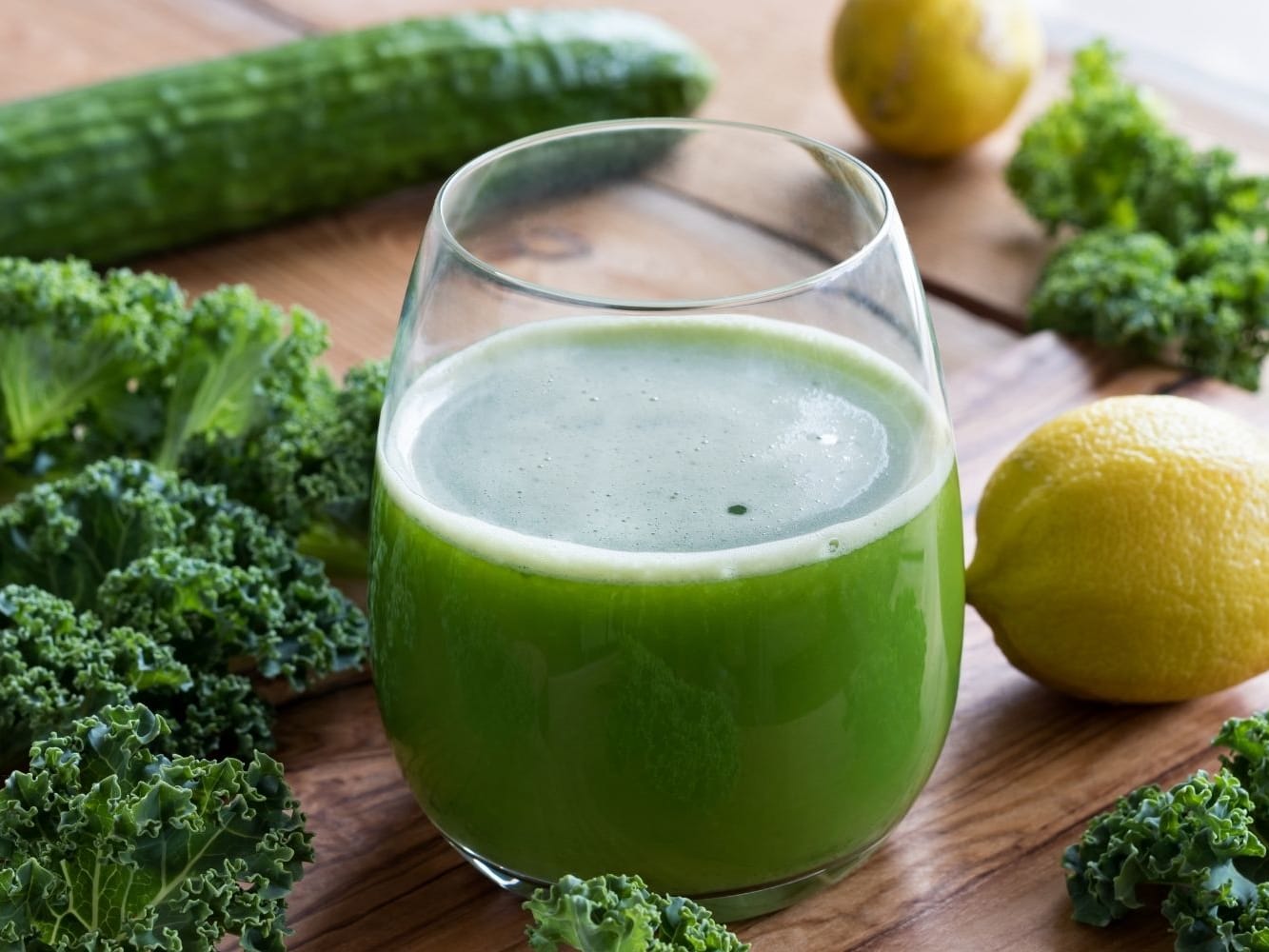
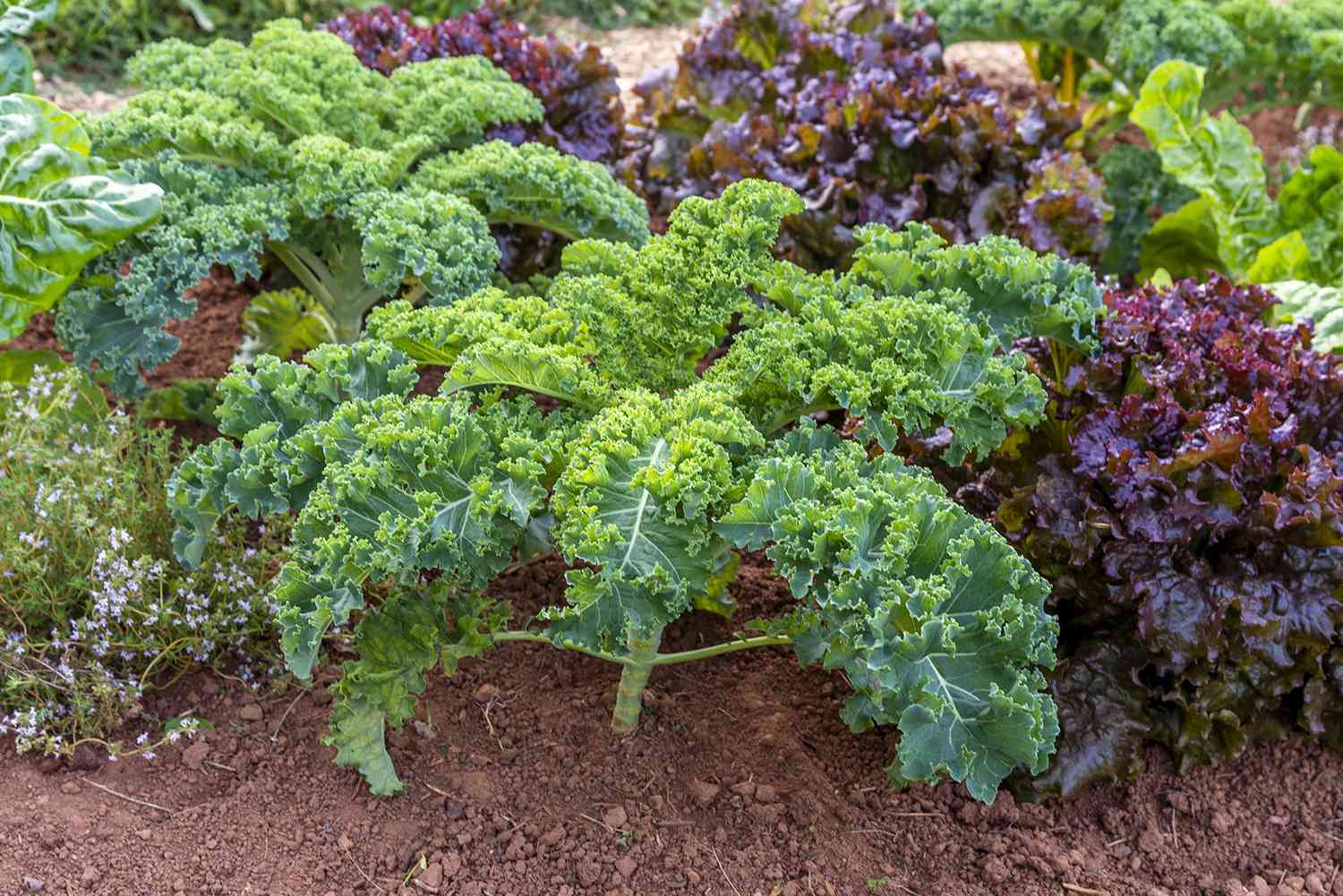
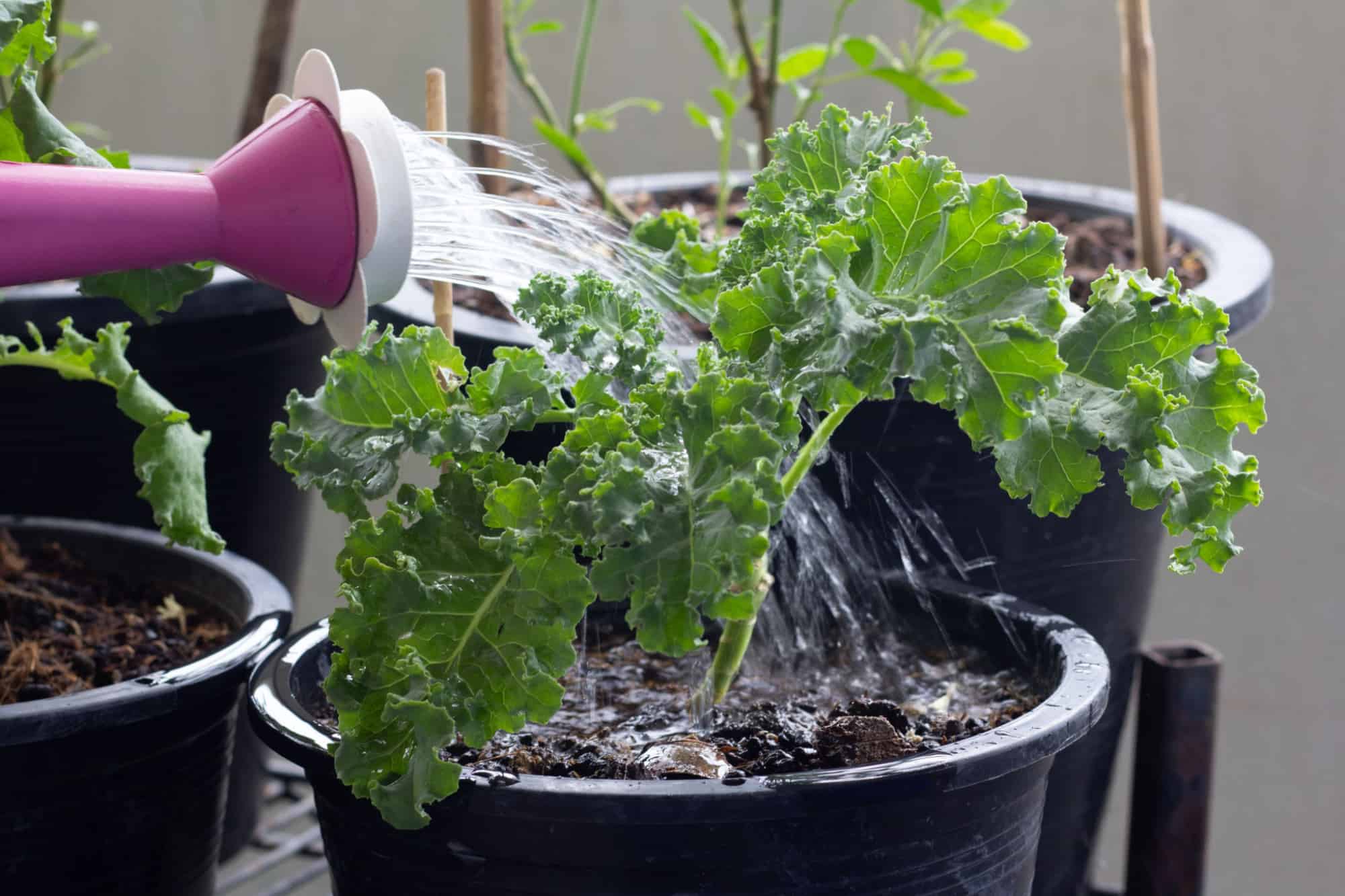
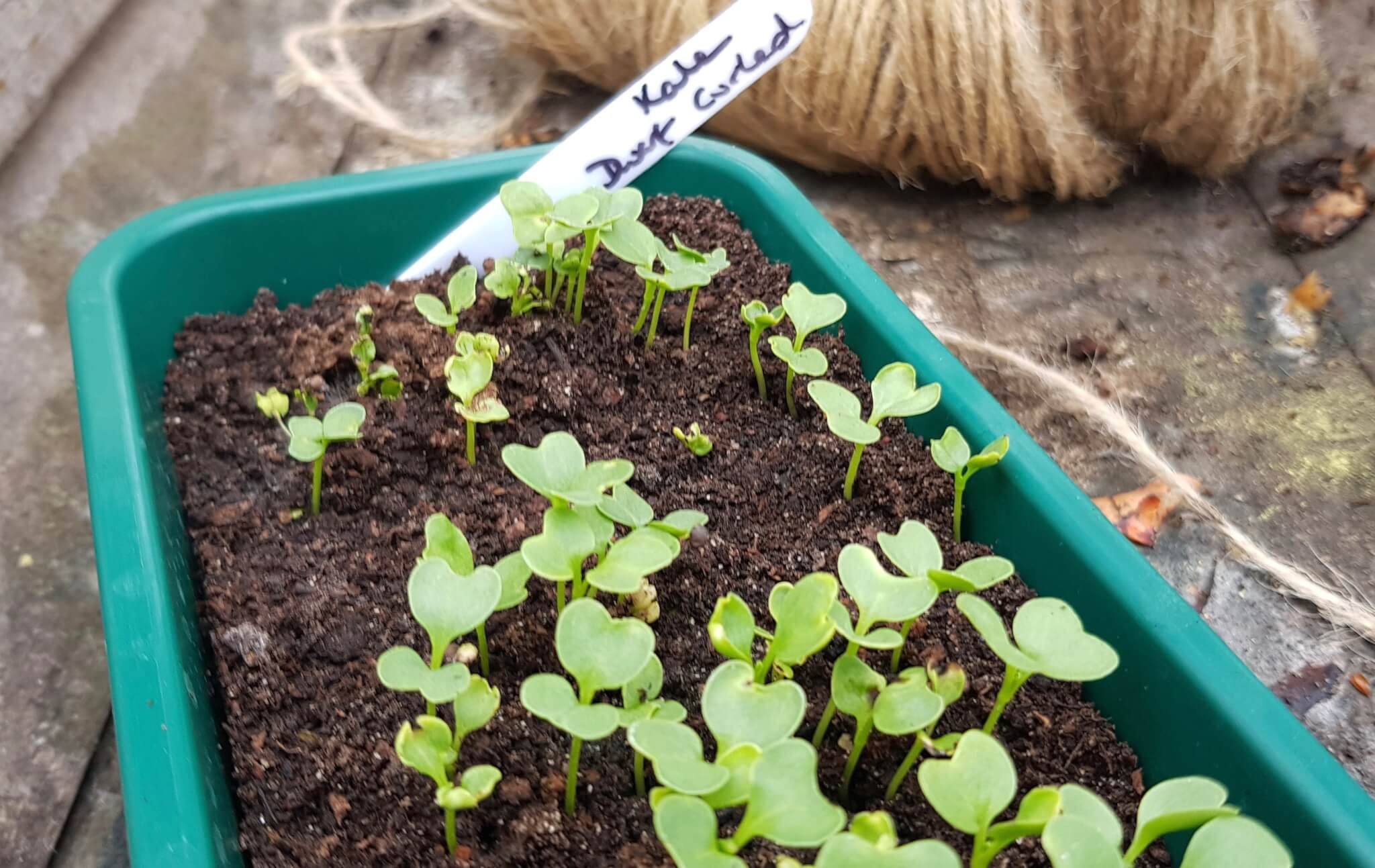
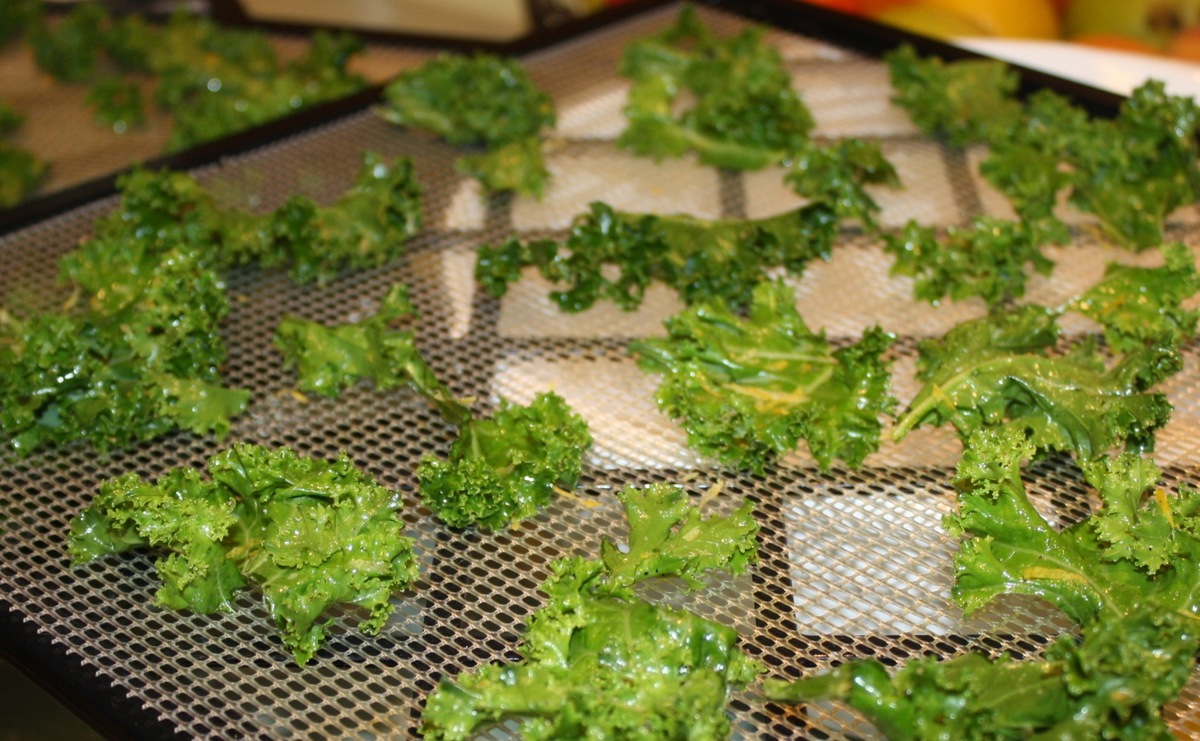
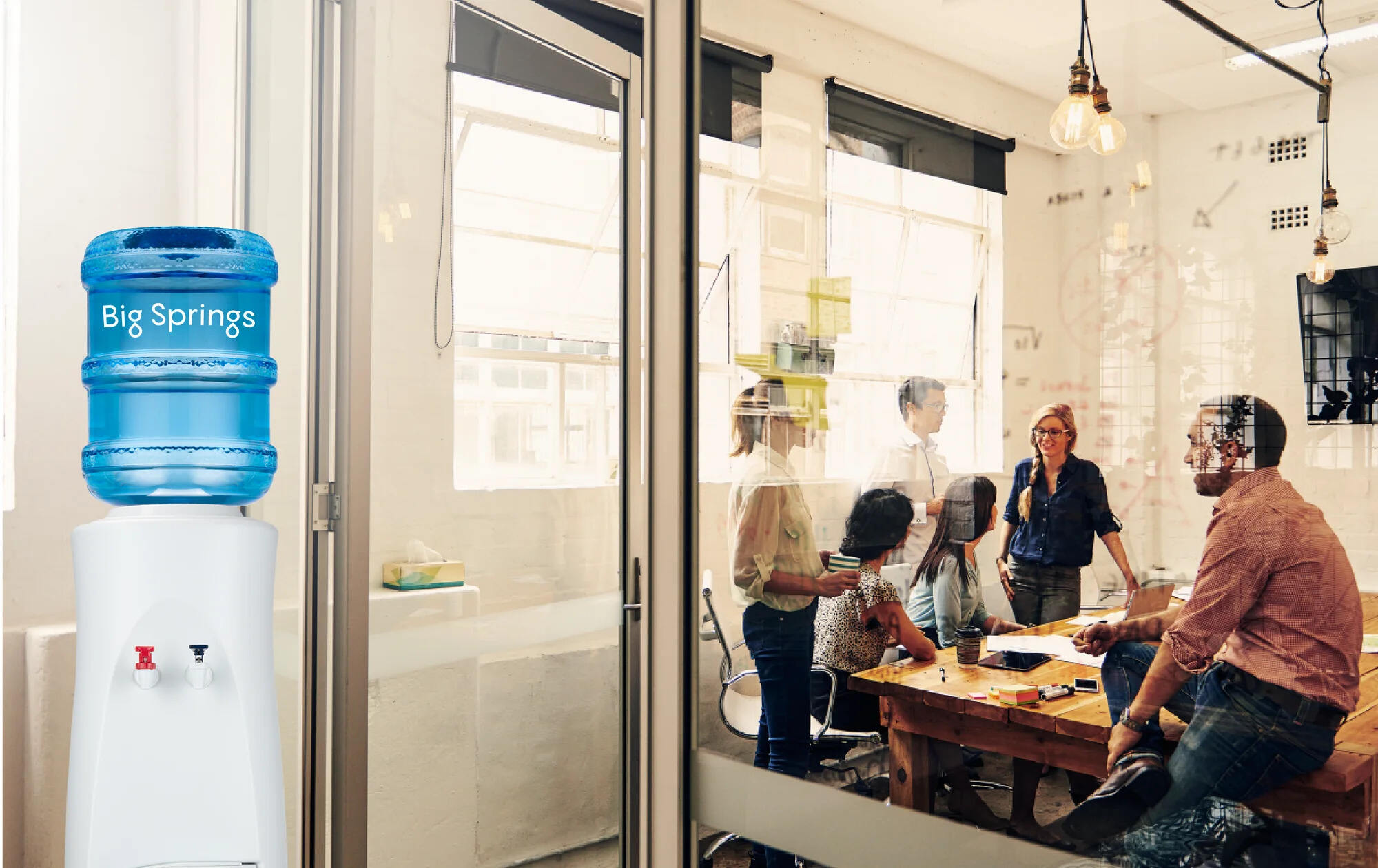
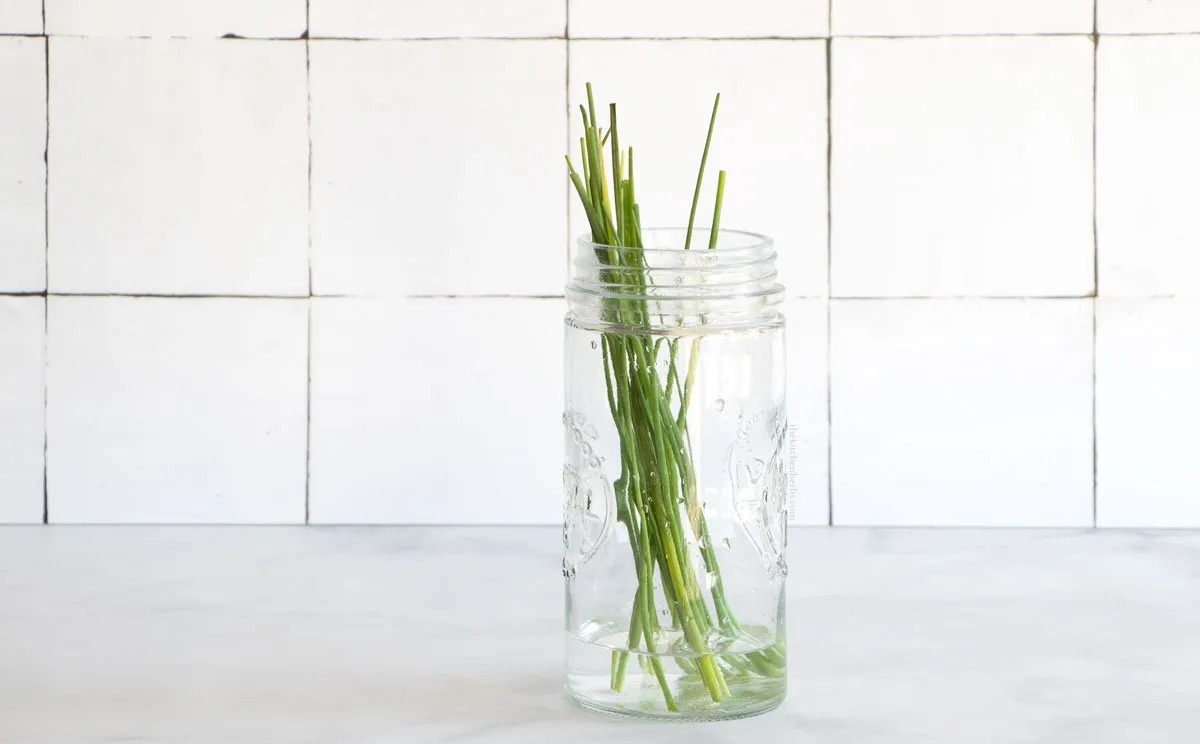


0 thoughts on “How To Store Kale In Water”